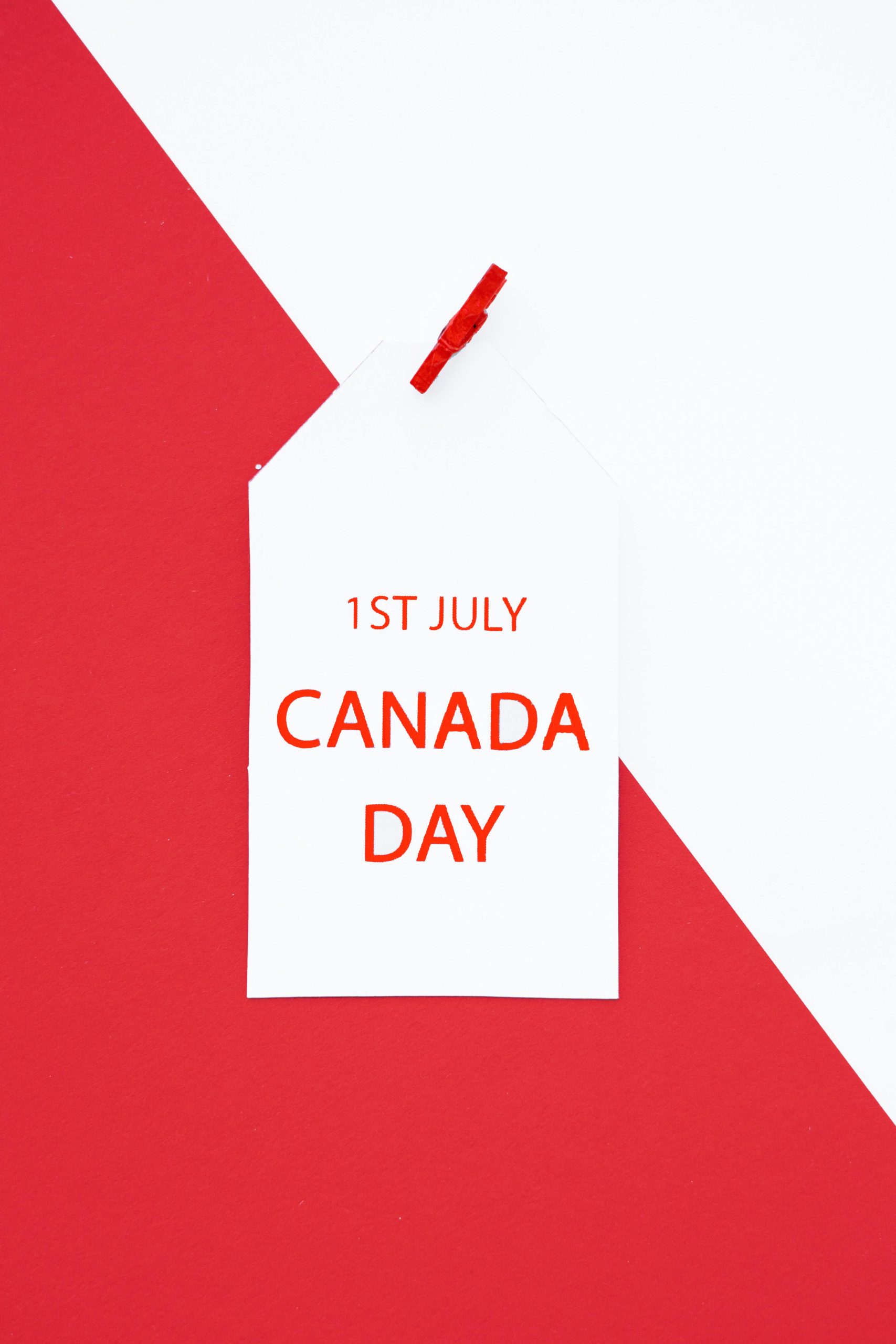Your cart is currently empty!

Steven Coulson
Steven has been drinking beers, wines and spirits for decades and has a propensity to go about them at length after a few drinks.
Latest Posts
- My wife found out our favorite Gin for martinis was discontinued. I think we are good for a while…

- Oregon Road Trip: Freeland Spirits Garden Botanicals Gin

- Botanist with Trader Joe’s Lemon and Elderflower Soda

- I’m one of the worlds leading buyers of craft gin in the world and a international spirit judge AMA

- I’m blown away…. By how let down I am by this Gin.

Categories
Tags
Social Links

Why Expiry Dates on IPA Cans Matter More Than You Think
As an avid craft beer enthusiast, there’s one thing I cannot overlook when browsing the aisles of my local brewery or liquor store: the absence of a date on a can of IPA. For me, and likely many others, this is a game-changer.
When I reach for a can, the first thing I do is flip it over to check for the canning date. If I find that crucial piece of information missing, it’s an instant deal-breaker. Without a date, I have no way of knowing how fresh the beer is, and freshness is paramount when it comes to enjoying an IPA.
In my experience, beers can quickly lose their character and flavor profile over time. So, when I encounter an undated IPA, it sends me a clear message: the brewery doesn’t prioritize transparency or craft. This not only deters me from making a purchase but also raises questions about the quality and care involved in the brewing process.
If you’re part of a brewery that hasn’t embraced the standard practice of date labeling your cans, I urge you to rethink this approach. Adding a date isn’t just about compliance; it’s a sign of respect for your customers and a commitment to quality.
In the competitive craft beer landscape, clarity and freshness should be at the forefront of your brand’s identity. So, let’s raise the bar—date your cans, and keep the passion for brewing alive and well!
